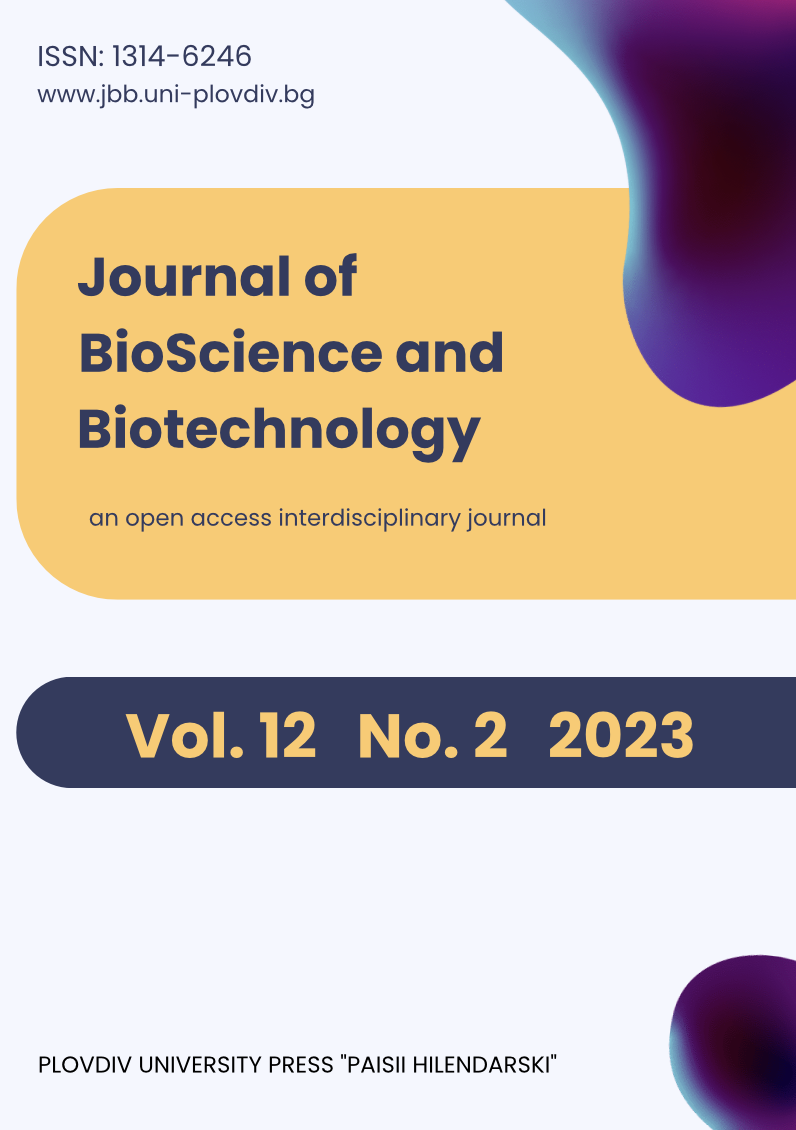Enterococci isolated from Uruguayan Colonia cheese – occurrence and antimicrobial resistance.
Keywords:
Enterococcus spp., cheese, antibiotic resistanceAbstract
In recent years, there is a growing concern for antibiotic resistance of food-related enterococci. This study aims to provide data for occurrence and antimicrobial resistance of Enterococcus spp. isolated from Colonia cheese. The results showed that Enterococcus spp. were found in two thirds of the cheese samples (47 out of 70), of which 72% were identified as E. faecalis, 16% as E. faecium, 6% as E. mundtii, 4% as E. hirae and 2% as E. durans. The antimicrobial suceptibility showed that almost all Enterococcus spp. were sensible to ampicillin and gentamicin. The highest incidence of resistance was displayed against erythromycin, tetracycline, rifampicin and fosfomycin. E. faecalis isolates presented high percentages of resistance to high level streptomycin. The multiple antibiotic resistance index was elevated in half of the Enterococcus spp., reaching values as high as 0,8, indicating a potential risk for public health. In this research, several Enterococcus isolates could be considered as multidrug-resistant, most of them belonging to E. faecalis. Results of present study raise concerns about possible role of cheese enterococci as reservoirs of antibiotic resistance.
Downloads
Published
How to Cite
Issue
Section
License
Copyright (c) 2023 Marcela González, Jorge Olivera Rodi, Estefania Amaro, Stella Reginensi

This work is licensed under a Creative Commons Attribution-NonCommercial-NoDerivatives 3.0 Unported License.
Authors of articles published in Journal of BioScience and Biotechnology retain the copyright of their articles. The journal/publisher is not responsible for subsequent uses of the work. It is the author's responsibility to bring an infringement action if so desired by the author.
- copyright, and other proprietary rights relating to the article, such as patent rights;
- the right to use the substance of the article in future own works, including lectures and books;
- the right to reproduce the article for own purposes, provided the copies are not offered for sale;
- the right to self-archive the article.


